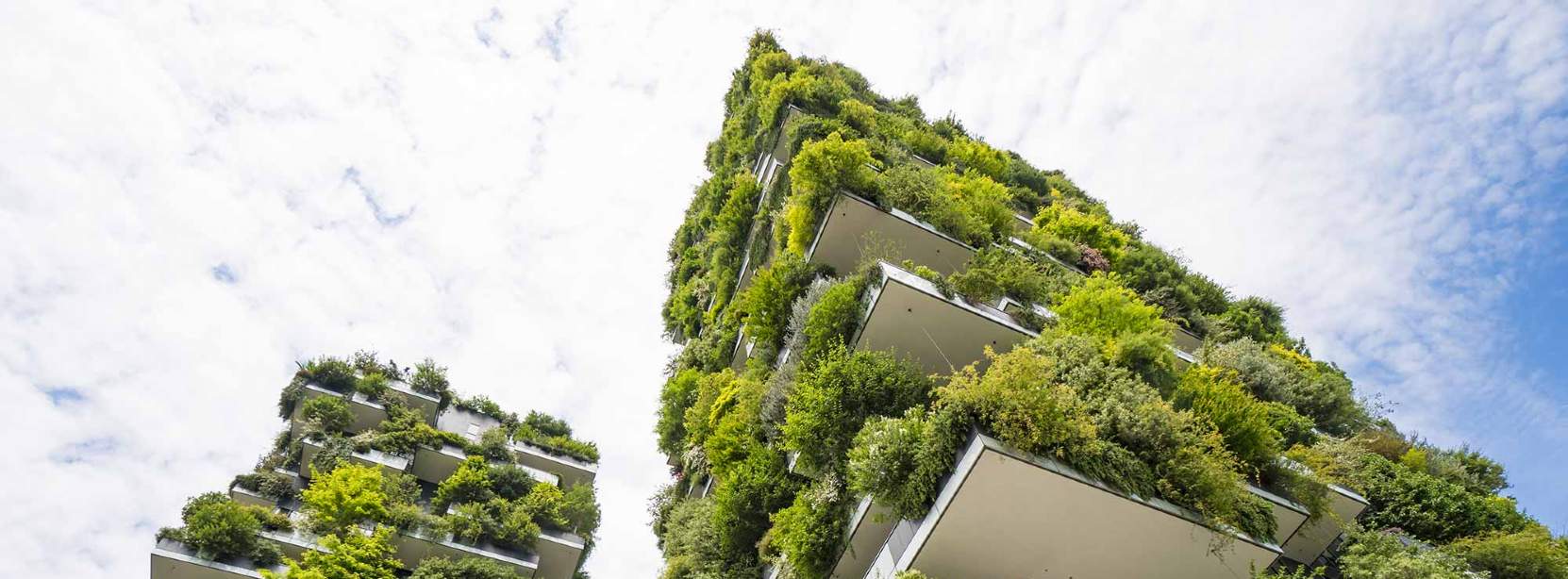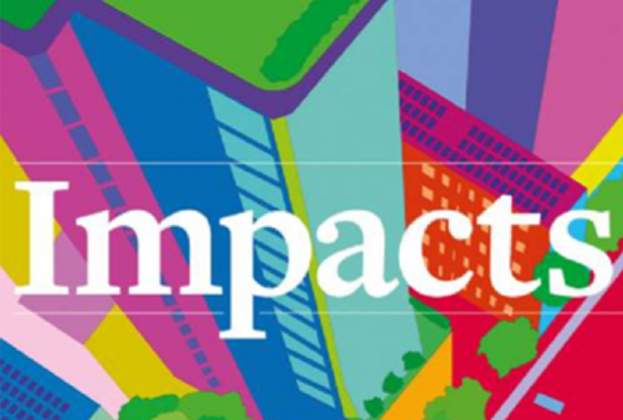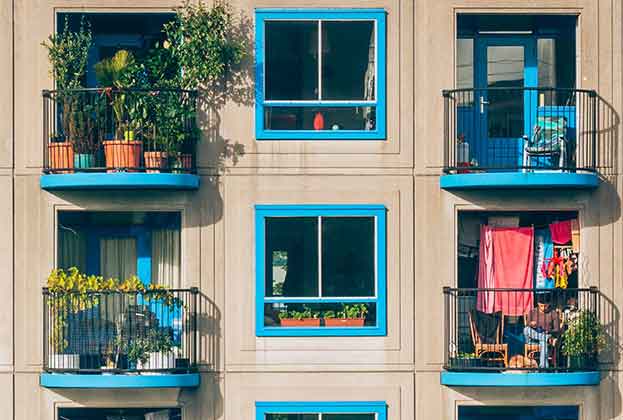Sustainability in residential real estate has moved over the last two decades from being a niche feature or afterthought to something approaching the norm today. However, there is still some work to do to prove that the returns on investment from improving residential’s environmental impact is actually worth it.
It is safe to say that residential occupiers, a growing number of whom are ‘millennials’ more concerned with climate change, show a strong preference for sustainability characteristics. People’s expectations of the buildings where they live – and increasingly work out of – are changing rapidly. Today, many people expect buildings to reflect their high-tech, ‘green’ lifestyles and demand smart and net-zero homes with energy-efficient features such as solar panels, high-performance windows and cool roofs.
A growing body of research from across the world points to the financial benefits of implementing green technology in residential, where properties with features that reflect environmental consciousness can be marketed as such, therefore bringing-in premium rents or indeed sales values. For example, the US National Association of Home Builders cited a survey that showed high-performance homes, on average, have a 9.5 percent higher sale price.
For investors therefore, it would seem that there are financial incentives for including ESG (environmental, social and governance) goals in development, something backed up to a degree by recent Savills research. In November, Savills published a survey of 50 operational residential investors, in which it found that an ESG strategy is ‘very important’ for 81% of respondents - a marked increase from five years ago. Over 40% of respondents indicated that their companies have committed to a net-zero objective. This is not the case in the commercial RE sector, whereby commitment to ESG is still much lower and often a corporate requirement rather than desire.
There is more debate whether a green premium can be achieved, with commercial RE investors stating expectations to charge a ‘green premium’ accounting for only 44% of respondents. The degree of premium they expect is moderate, with 87% of respondents expecting to charge a premium of 10% or less.
Banks are also increasingly attracted by the added value and marketable ESG component of PRS development, whereby lending is expected over extended debt horizons with conversion to investment loans and hence where additional surety and insulation is sought against that position.
Even where commercial RE investors say they are committed to ESG, the likelihood is that they are much less committed than the average person and certainly less committed compared to the profile of PRS occupier. Individuals increasingly exhibit an increasing focus on sustainability, energy, and recycling generated from a personal drive towards social responsibility, whereas for many corporates and investors, sustainability will remain more of a cost focused issue or indeed a box-ticking exercise.

.jpg)

.jpg)
.jpg)



.jpg)